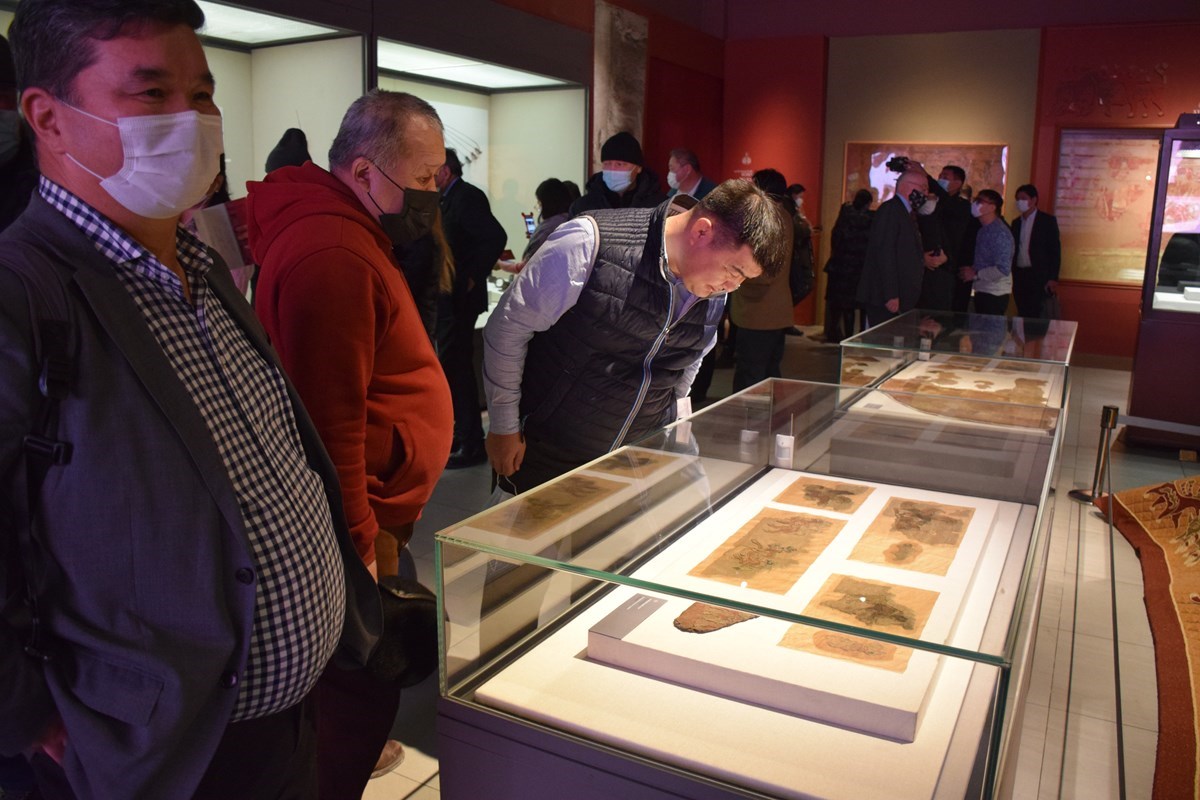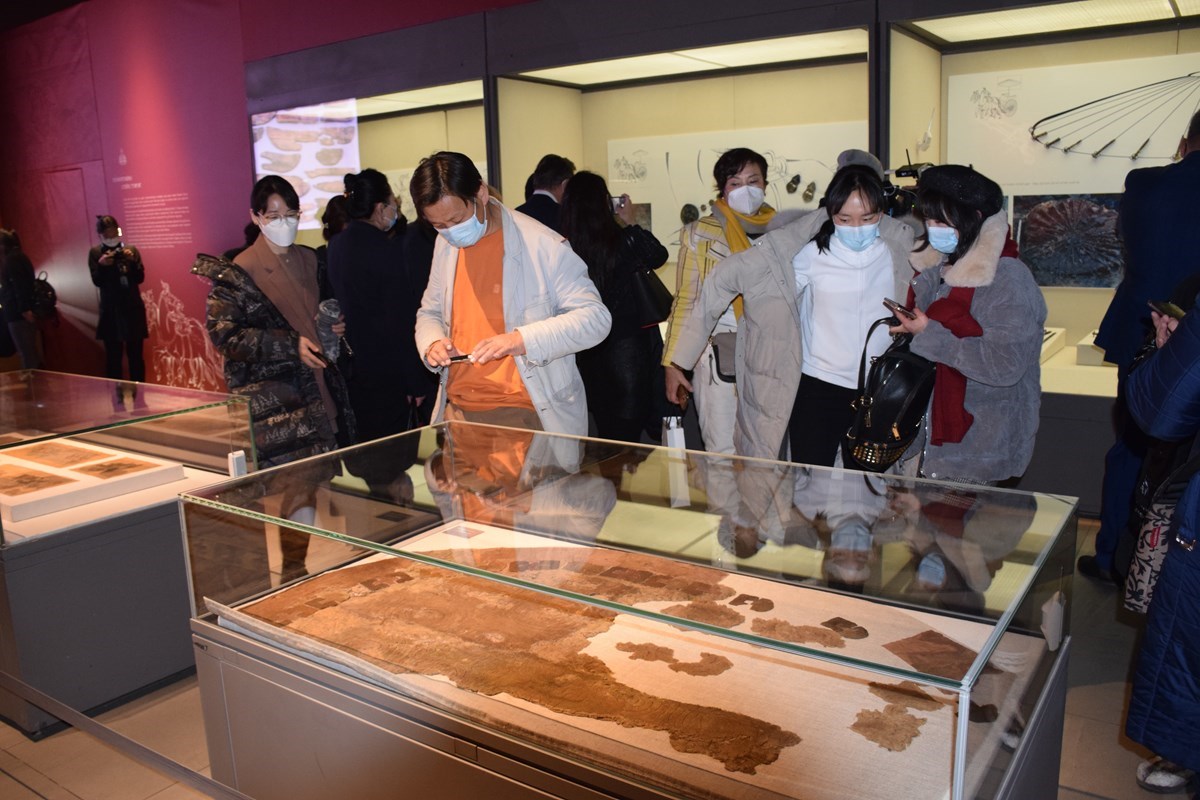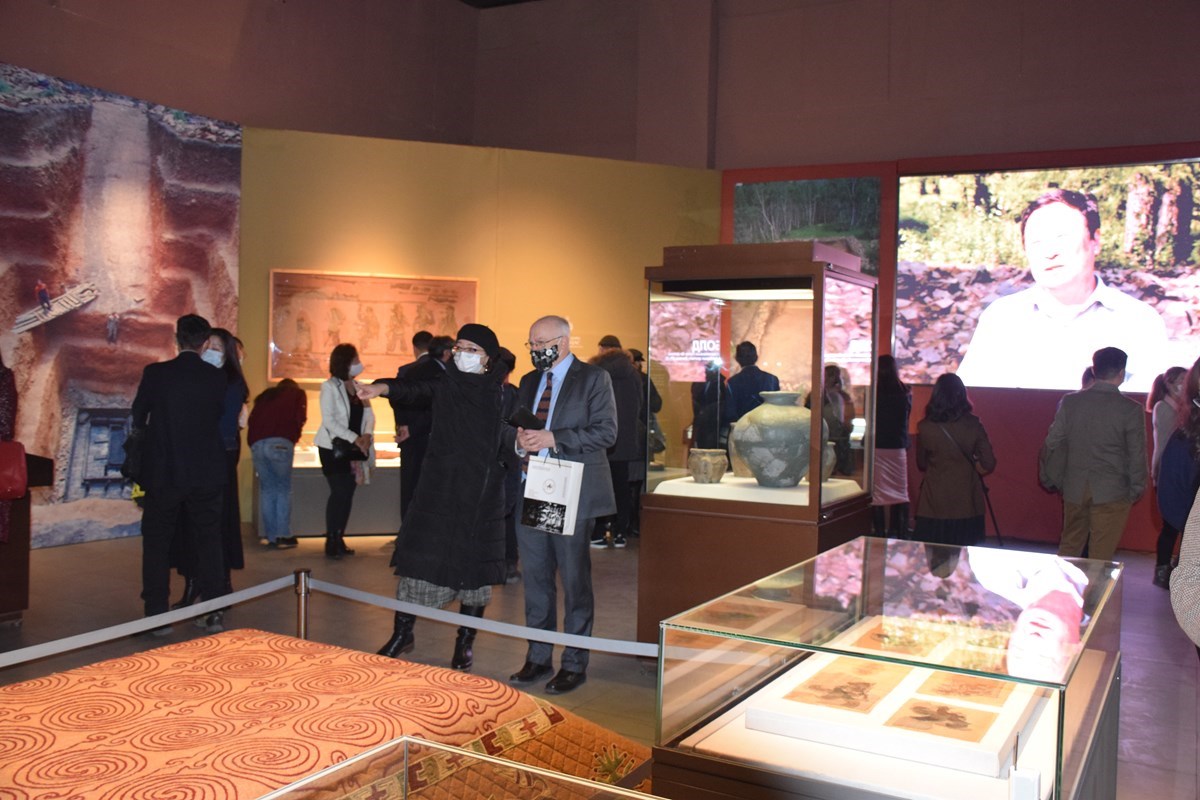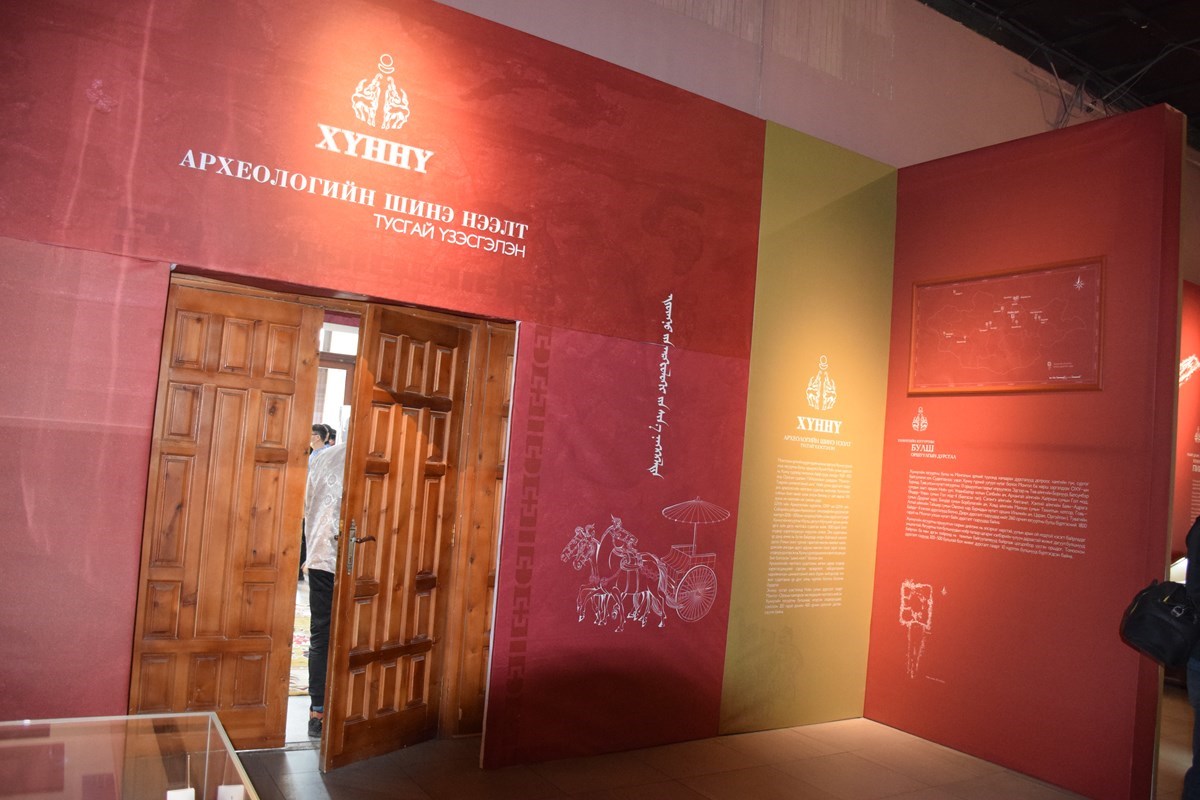
A special exhibition titled “Xiongnu: New Archeological Discoveries” opened at the Mongolian National Museum today.
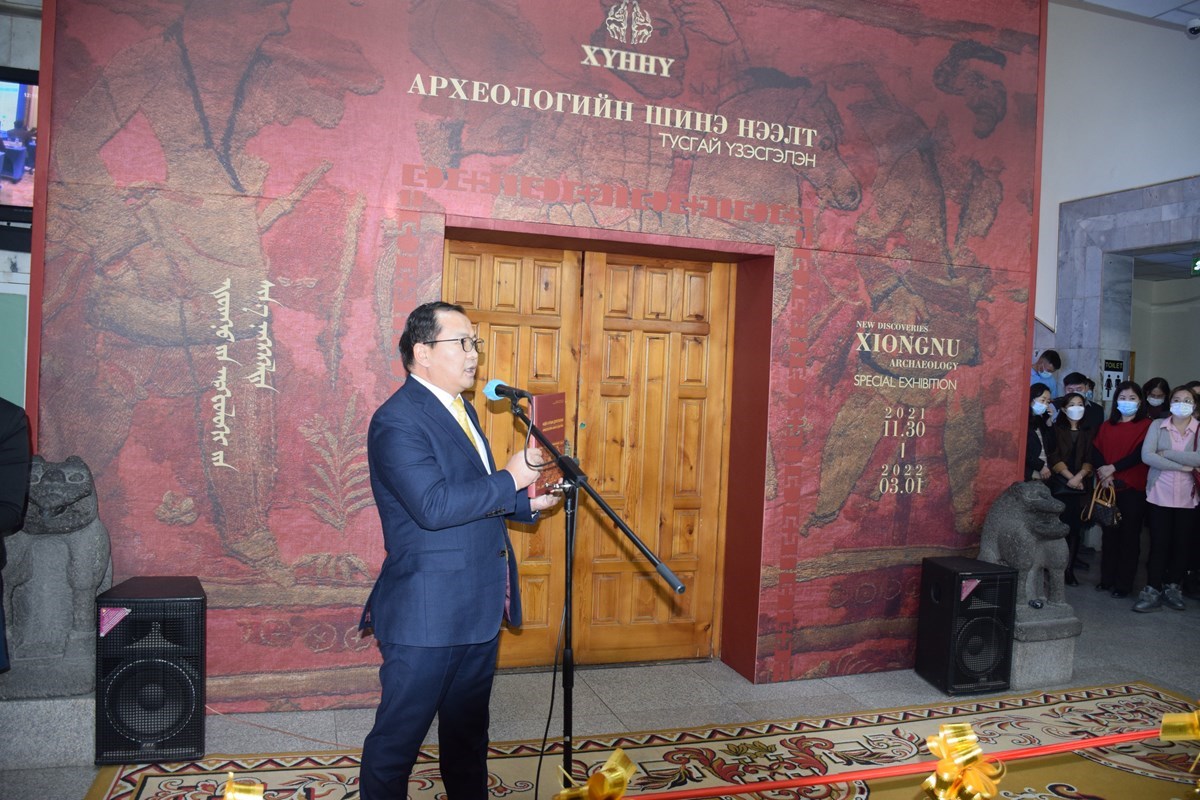
.jpg?w=1200)
Noyon Uul, with the tombs and burials of the great aristocrats of the Hunnu dynasty, Mongolia's first nomadic state, figures prominently in their study. In 1924-1925, the "Mongol-Tibetan Research Unit" under the leadership of the Russian researcher P.K. Kozlova carried out the first archaeological excavations at the Noyon Uul monument, discovering the tangible cultural heritage of the Xiongnu, considered one of the greatest discoveries of the 20th century.
.jpg?w=1200)
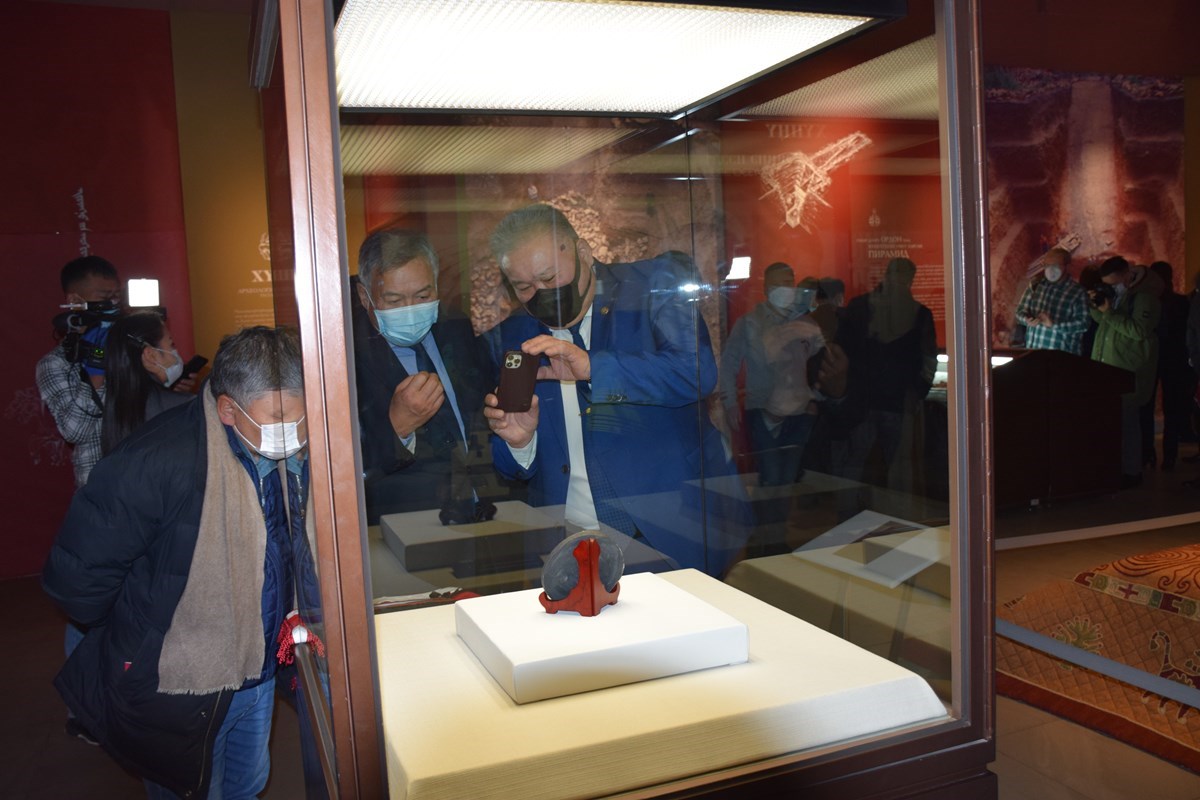
In 2006-2015, the Institute of Archaeology of the Mongolian Academy of Sciences and the Institute of Archaeology and Ethnography of the Siberian Branch of the Russian Academy of Sciences excavated four tombs of Xiongnu aristocrats and four satellite tombs at the Noyon Uul Monument. The study uncovered rare artifacts such as textiles, silver ornaments from the Roman Empire, and silver horse equipment in the form of mythical animals.
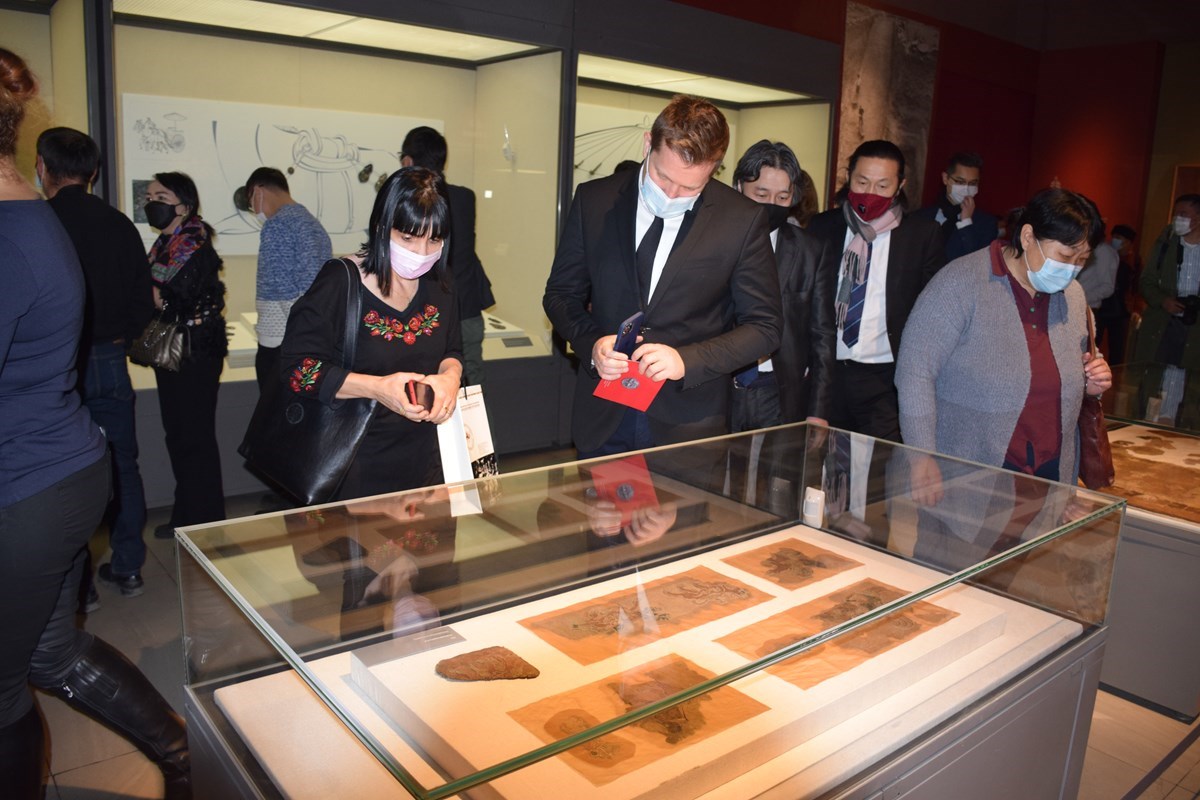
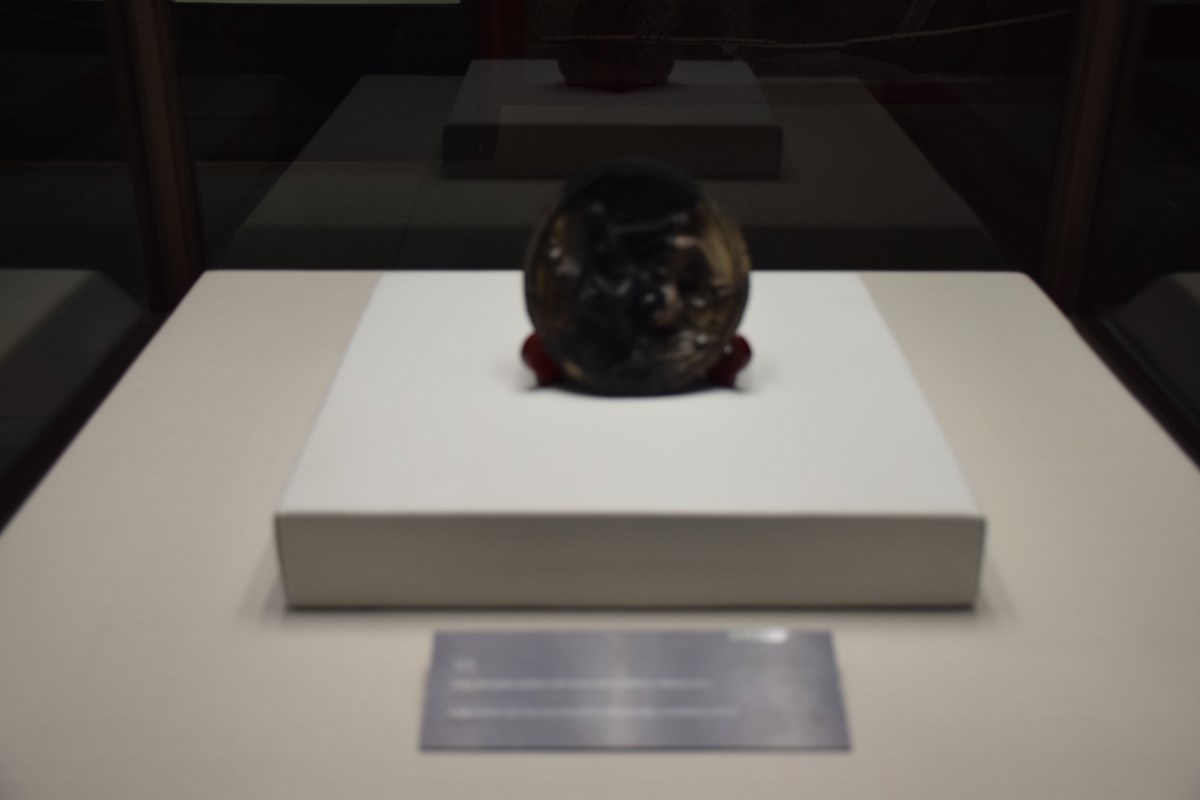
After the archaeological excavations, the restoration of the artefacts and the detailed laboratory analysis were completed, making it possible to make the results of this survey available to the public this year.
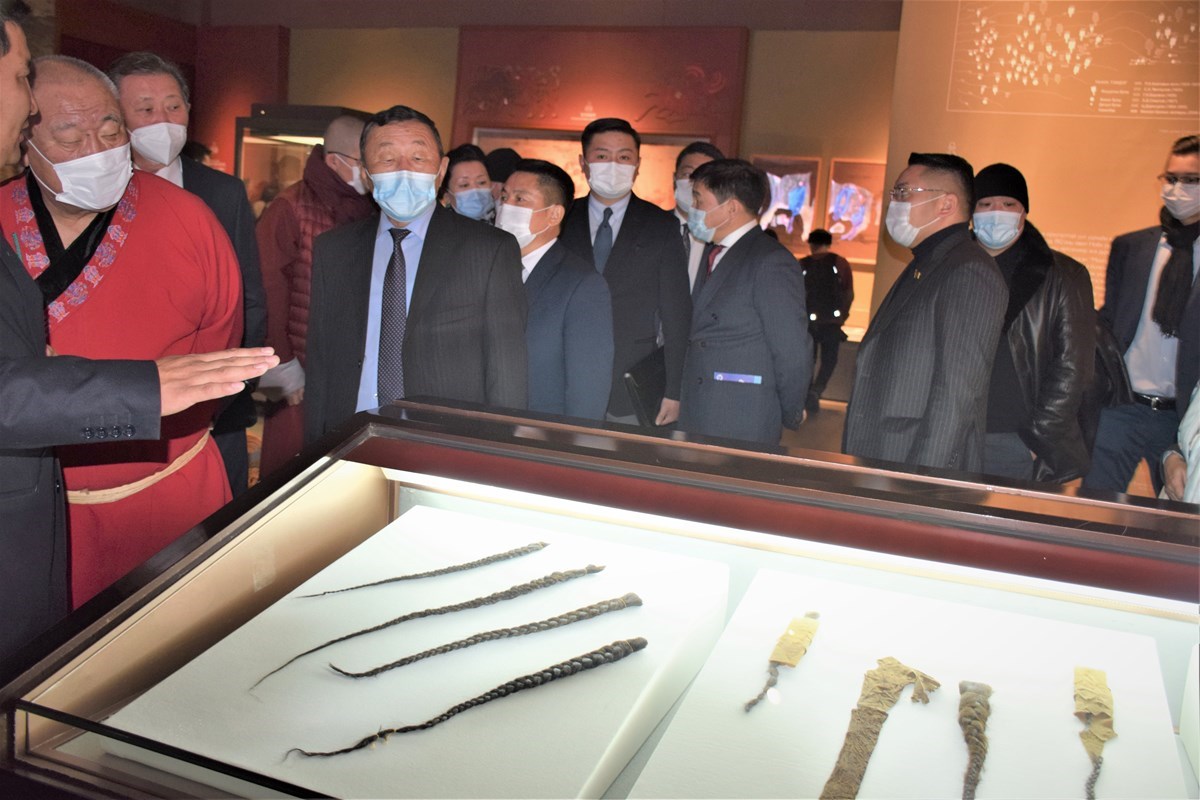
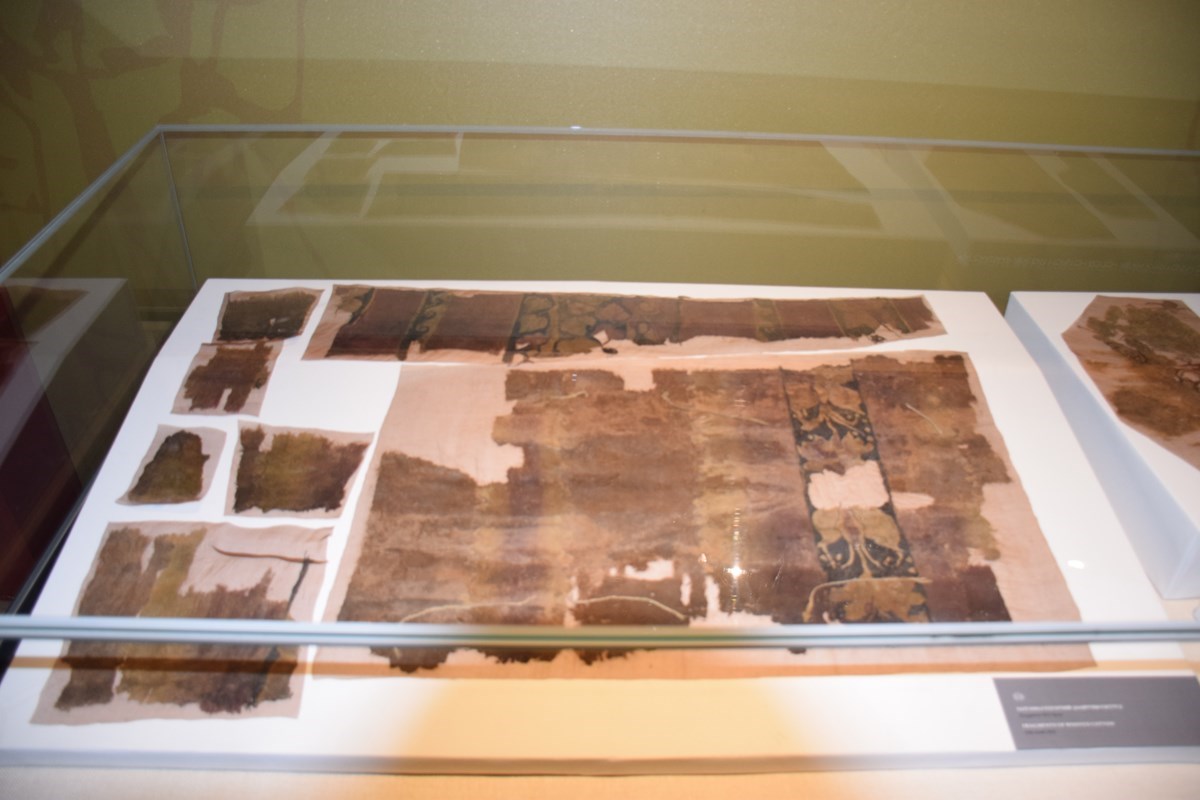
In this special exhibition, about 400 items from more than 200 artefacts selected from the tombs of Xiongnu aristocrats excavated by a joint Mongolian-Russian expedition at the Noyon Uul monument are on display.
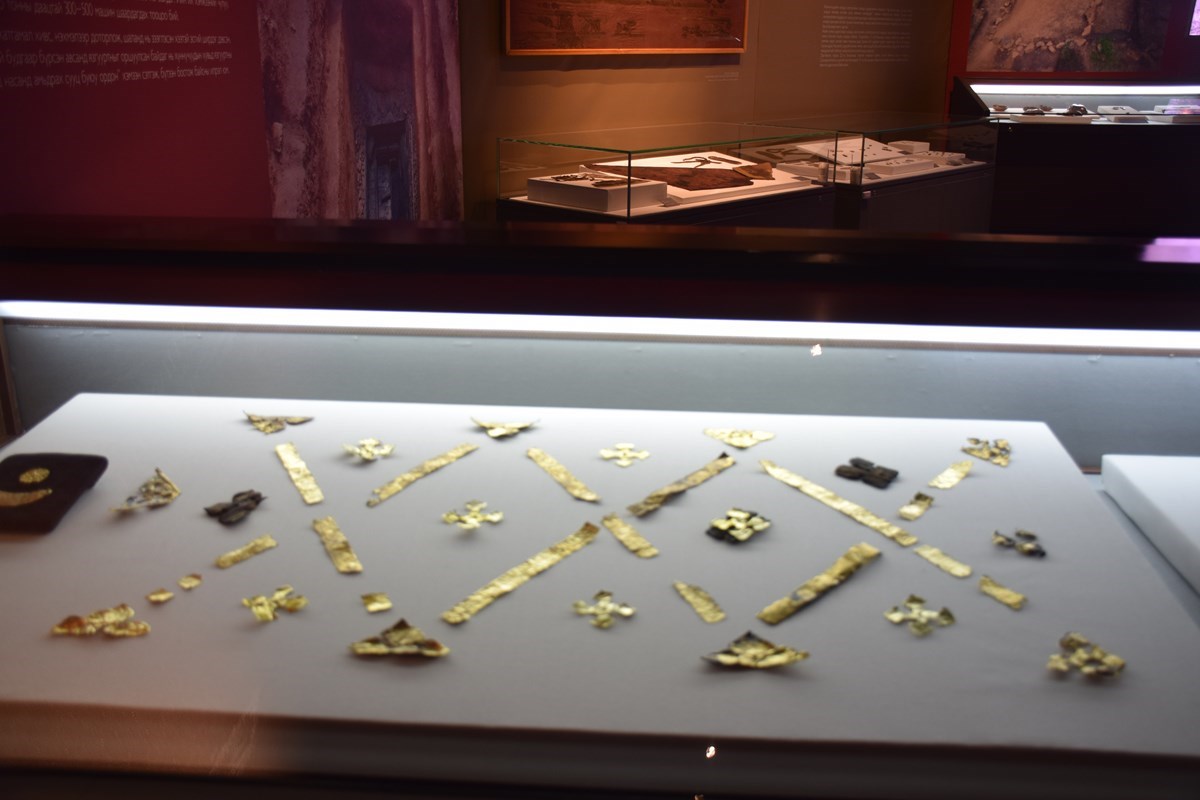
.jpg?w=1200)
The exhibition is co-organized by the Institute of Archaeology of the Mongolian Academy of Sciences and the Mongolian National Museum and is funded by the Ministry of Culture and the Arts Promotion Foundation.
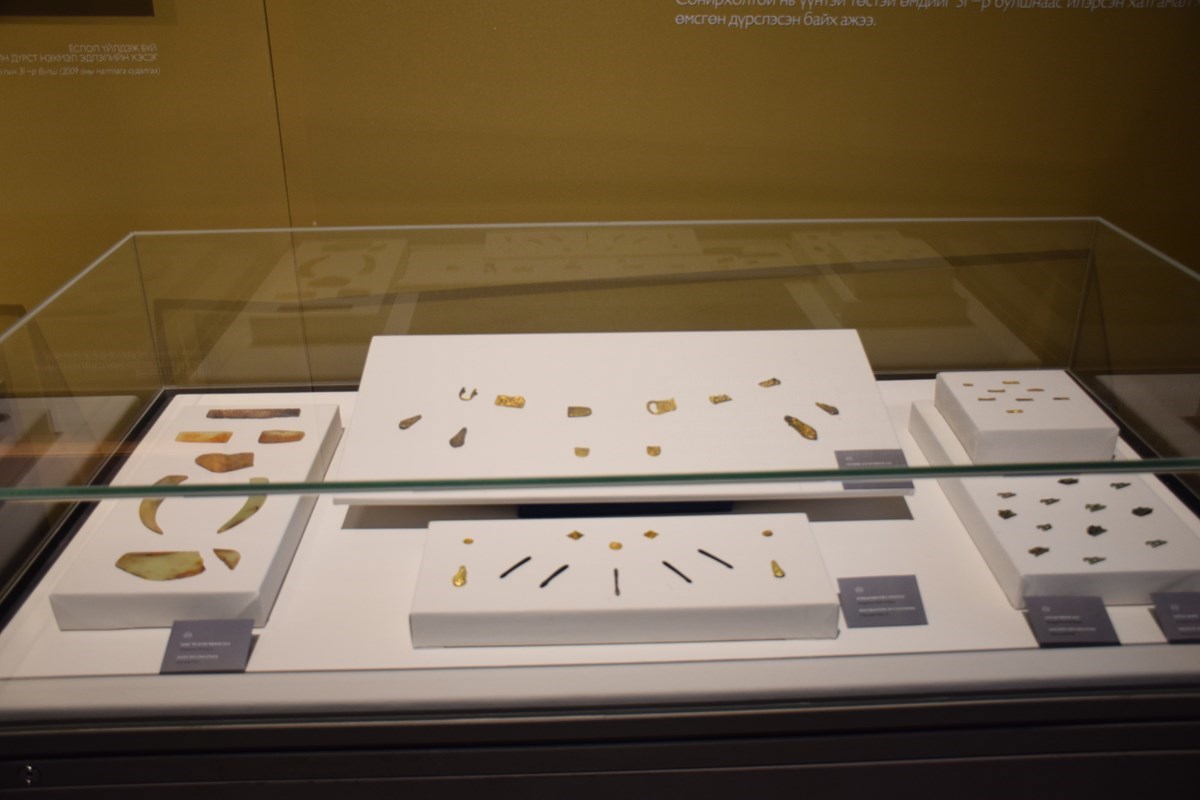

.jpg?w=1200)
